#roman era
Text
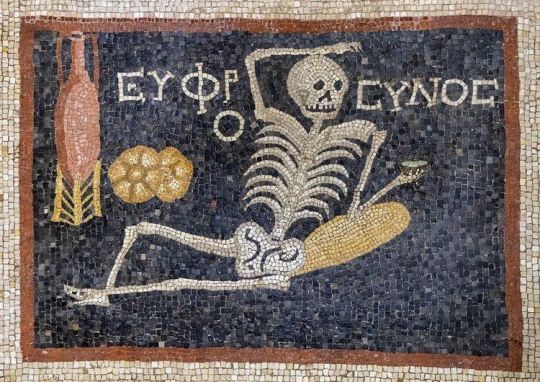
One of the panels of a mosaic of a cheery skeleton uncovered in Turkey in 2016, probably dated to the Late Roman era Antioch. The word can be transliterated as EUPHROSYNOS (cheerful).
#ancient rome#roman empire#ancient history#antioch#skeleton#mosaic#roman era#roman antioch#ancient art#ancient civilisation#ancient civilisations#ancient culture#memento mori
1K notes
·
View notes
Text
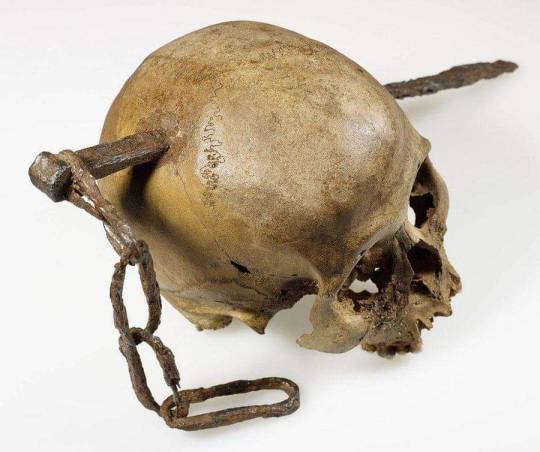
A Roman era skull found impaled with a large spike
169 notes
·
View notes
Text

Bird mosaic in a floor of a Roman era house in Italica, Spain.
Image licensed under CC BY 2.0
#art#rome#ancient rome#roman empire#mosaic#bird mosaic#birds in art#italica#spain#ancient#roman era#bird#birds#fine art#ancient art#art history#ancient history#animals in art
88 notes
·
View notes
Text
While there isn't a single definitive "first record" of a transgender person, various historical accounts and cultural practices provide insight into the existence of transgender individuals throughout history.
One notable example is Elagabalus, who reigned as Roman emperor from 218 to 222 AD. Elagabalus was known for defying traditional gender roles and norms, reportedly expressing a desire to be referred to and treated as a woman. Historical accounts describe Elagabalus dressing in women's clothing, wearing makeup, and even marrying men.
Beyond Elagabalus, various cultures throughout history have recognized and accepted individuals who do not conform to traditional gender roles or binary notions of gender. For example, many Indigenous cultures around the world have long recognized the existence of Two-Spirit people, who embody both masculine and feminine qualities and often hold special spiritual or societal roles within their communities.
One notable figure from around the Nazi era who is sometimes discussed in the context of transgender history is Lili Elbe. Lili Elbe was a Danish transgender woman who was one of the earliest recipients of sex reassignment surgery. Born as Einar Magnus Andreas Wegener, she underwent a series of gender-affirming surgeries in the early 1930s under the care of pioneering sexologist Dr. Magnus Hirschfeld in Berlin, Germany.
Another notable figure who has been identified as a transgender man from around the Nazi era is Karl M. Baer. Born in Germany in 1885, Baer is believed to have undergone a hysterectomy and legally changed his name to Karl in the 1920s. Baer was a writer and editor who contributed to various publications.
Some reputable sources for transgender history include:"Transgender History" by Susan Stryker"Transgender Warriors: Making History from Joan of Arc to Dennis Rodman" by Leslie FeinbergJSTOR and Google Scholar for academic articles on transgender historyWebsites of LGBTQ+ history organizations and archives, such as the GLBT Historical Society and the Transgender Archives at the University of Victoria.
These resources can provide a more comprehensive understanding of the historical record of transgender individuals and the complexities of gender identity throughout history.
Being transgender is nothing new. Trans people have always existed and will continue to do so. Die mad about it.
#transgender#trans man#anti radical feminism#trans#trans rights#fuck jkr#lgbt#terfism#lgbtq#radblr#radical feminism#terfsafe#terfblr#history#roman emperors#roman era#ww2#ww2 history#ww2 germany
26 notes
·
View notes
Text

History coming to life: Archaeologists in Israel have unearthed a well-preserved section of Roman-era aqueduct in Jerusalem, potentially dating it to 2,000 years ago! This portion, part of the city's Upper Aqueduct, spanned approximately 300 meters and delivered water to Jerusalem's Upper City, including King Herod's palace and the elite's residences. Israel is a tiny country with a huge amount of history!
Photo by Yonatan Sindel/Flash90
StandWithUs
49 notes
·
View notes
Text
Should this Celt be blue?
An irish-dress-history game.
I've been researching the actual historical evidence behind the idea that ancient Insular Celts painted or tattooed themselves blue, and I thought it would be fun to make a game out of it. Below are various depictions of this idea along with the culture and date they are supposed to be depicting. The game is to guess whether each use of body paint or tattoos is supported by actual historical evidence. Answers are in the image descriptions.
(Note: This game is not intended to mock or criticize the artists and costume designers of any of these works. Good information on this topic is hard to find, and movie creators and artists frequently have goals other than historical accuracy. I am mocking Mel Gibson though, because f*** that guy.)


1 A 'Woad' (ie Pict) from 5th c. Britain. 2. Tattooed Irish warrior in 1170


3. A Medieval Scottish lord 4. Iceni Queen Boudica c. 60 CE


5. Ancient? Ireland 6. Britons during the time of Julius Cesar


7. Picts in 149 CE 8. Scots in 1297
Bibliography:
Hoecherl, M. (2016). Controlling Colours: Function and Meaning of Colour in the British Iron Age. Archaeopress Publishing LTD, Oxford. https://www.google.com/books/edition/Controlling_Colours/WRteEAAAQBAJ?hl=en&gbpv=0
MacQuarrie, Charles. (1997). Insular Celtic tattooing: History, myth and metaphor. Etudes Celtiques, 33, 159-189. https://doi.org/10.3406/ecelt.1997.2117
#iron age#roman era#early medieval#ancient celts#celtic#pict#tattoos#body painting#medieval#insular celts#gaelic irish#Hoecherl#brittonic celts#britons#gaels#scots
6 notes
·
View notes
Text

Today in things I wasn't expecting to see on the news
245 notes
·
View notes
Photo

The statue of a young and beardless Heracles was unearthed in Philippi, Macedonia, Greece. The statue dates to the 2nd Century AD and it was found within the ruins of a building dating to the 8th - 9th Century, where it was used as decoration. More and more findings are evidence which points at the use of ancient art and scupltures for the decoration of Byzantine houses and other buildings, further weakening the dated argument that the Byzantine Empire maintained a stance of hostility towards Classical Antiquity.
Source
#greece#grecoroman art#statue#ancient statue#ancient art#heracles#hercules#roman era#byzantine era#byzantine empire#roman empire#greek culture#philippi#macedonia#mainland#kavala
141 notes
·
View notes
Text
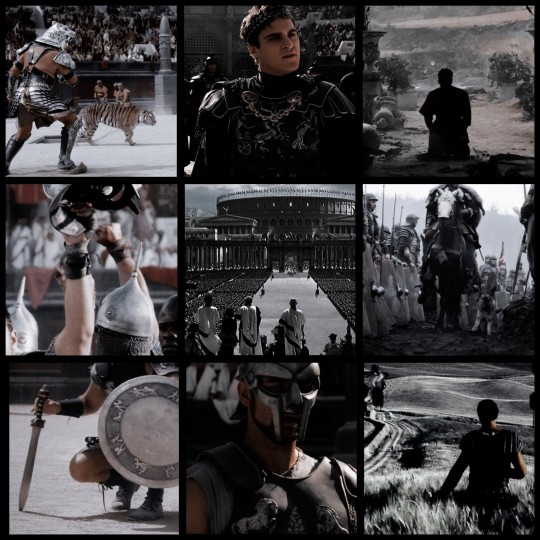
Gladiator Movie Aesthetic
#gladiator#maximus#maximus decimus meridius#roman legion#roman soldiers#roman emperors#roman empire#marcus aurelius#commodus#rome#ancient rome#spaniard#coloseum#colosseum#colosseo#roma#now we are free#movies#films#gladiator movie#russel crowe#joaquin phoenix#richard harris#movie aesthetic#film aesthetic#aesthetic#movie edit#film edit#roman era#roman military
5 notes
·
View notes
Text
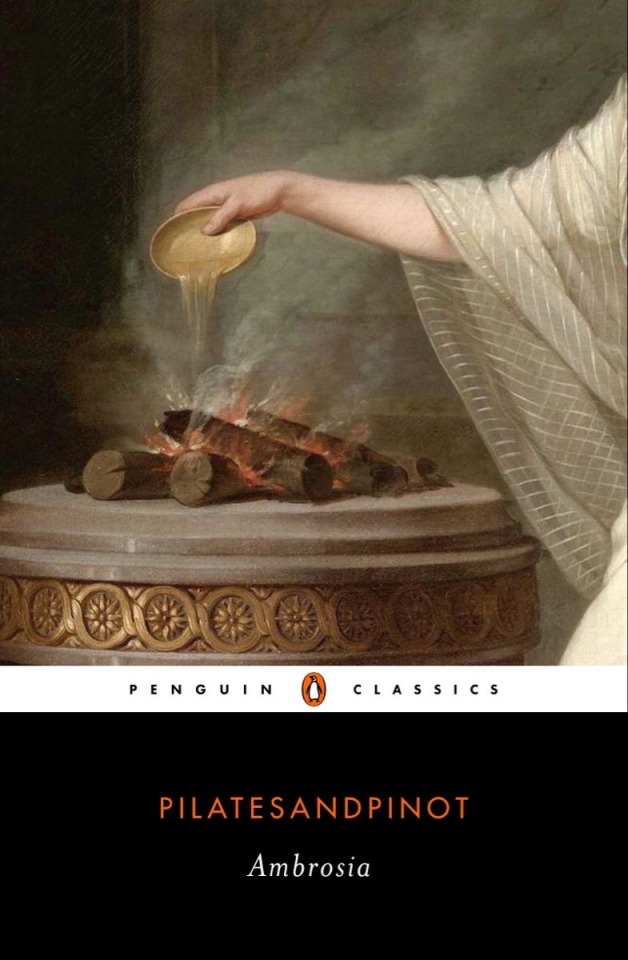
Those damn aphrodisiacs.
They chatted as they soaked in the water, Crowley ate from a platter of fruit, hoping the sugar from them would somehow cure his sudden lightheadedness, as the blood in his head was probably pumping down to his groin, and get rid of the heated feeling in his abdomen, while Aziraphale lathered her arms and shoulders with oil. When she moved down to her breasts and tummy, she leaned back a bit, slowly and carefully cupping herself and making a small little hum sound as she rubbed her belly. Crowley had to bite his bottom lip to keep himself from groaning, watching the glisten of the angel’s skin, the warm glow she seemed to be emitting, her lush and curvy body sitting comfortably in the water.
He was indeed fucked.
------------------------------
Aziraphale and Crowley have oysters at Petronius's, and soon learn while visiting the bath house afterwards why oysters are one of Aphrodite's favorite foods.
Words: 7,855
Status: Complete
Rating: Explicit
⭐️
#fanfic#fanfic cover#fanfiction#fanfiction reccomendations#good omens#good omens fanfiction#good omens fanfiction recs#good omens fandom#adult omens#roman era
2 notes
·
View notes
Text
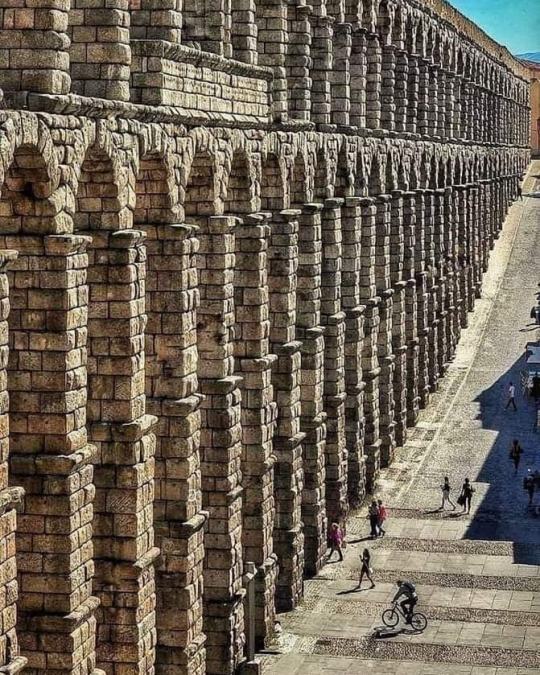
The Aqueduct of Segovia is a Roman aqueduct in Segovia, Spain built by the Roman Emperor Trajan (AD 98-117). It is one of the best-preserved elevated Roman aqueducts and the foremost symbol of Segovia, as evidenced by its presence on the city’s coat of arms. The aqueduct is built of unmortared, brick-like granite blocks.
#architecture#aqueduct of Segovia#Segovia#Spain#Roman era#emperor Trajan#AD 98-117#well preserved#granite blocks#history
6 notes
·
View notes
Text
Beautiful thing. And the photo shows a doorway at the far end, putting this into context. Marvellous. And that this wasn't trafficked by anyone during the war? Brilliant.
31 notes
·
View notes
Photo
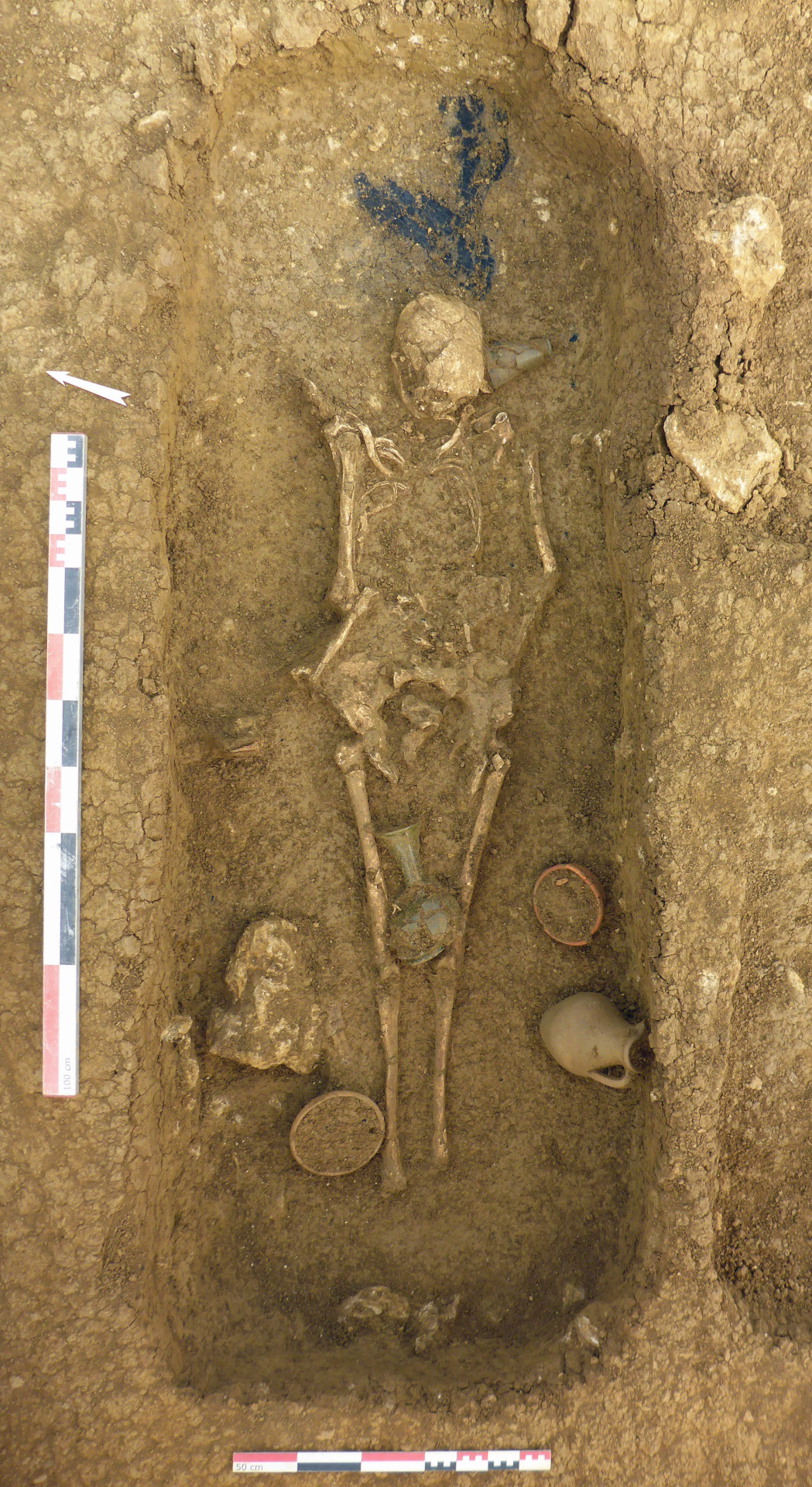

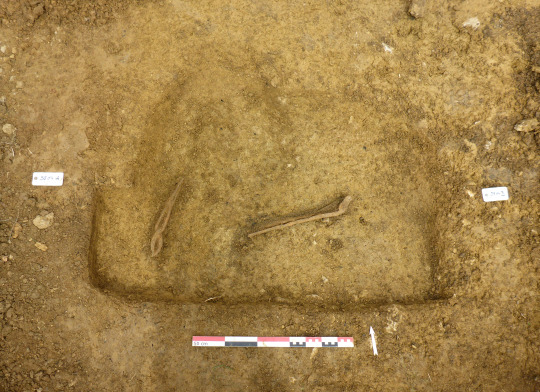
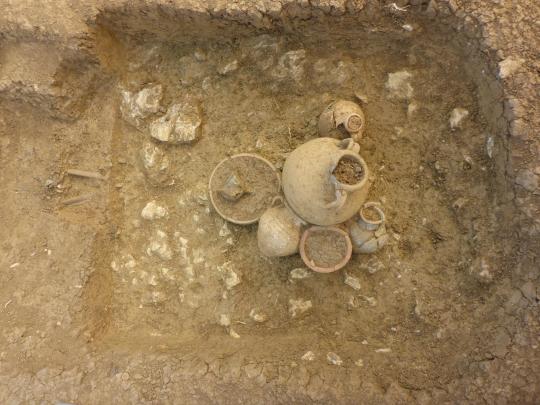


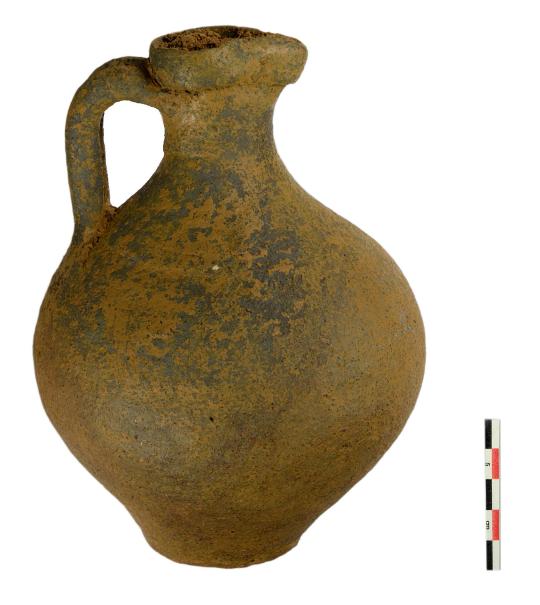
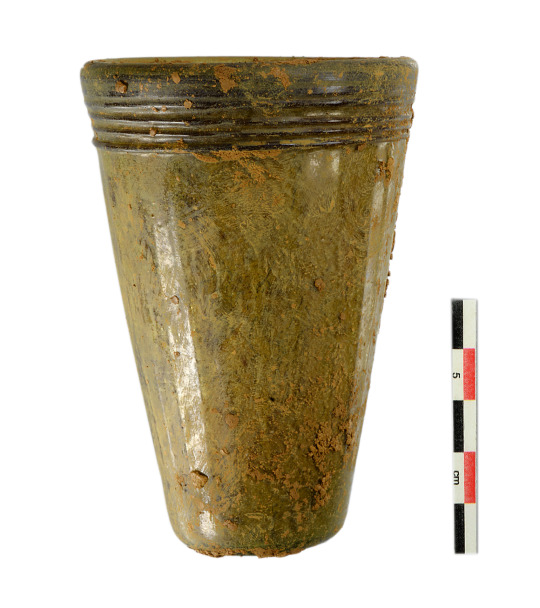
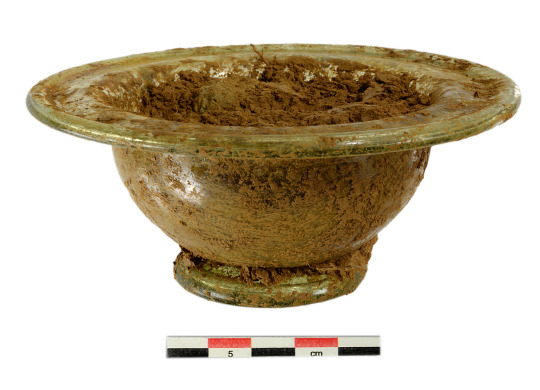
Roman Era Necropolis Found in France
A small rural necropolis from the late 5th century has been discovered in Sainte-Marie-aux-Chênes, northeastern France. Located along an ancient road, the necropolis contains the remains of cremation structures and several richly furnished inhumations. The burial ground is likely connected to a nearby ancient Roman villa whose remains were discovered more than a decade ago.
A survey of the site before construction of a subdivision in 2009 found evidence of archaeological material. In the two seasons of excavations that followed, archaeologists unearthed the remains of the pars rustica (the farm buildings) of a 1st century Roman villa and a Medieval hamlet occupied through the 12th century. Three Merovingian-era (mid-5th-8th c.) tombs containing the remains of seven people, all from the same family, were found in the ruins of a barn from the Roman estate.
Excavations resumed in 2020 when the subdivision planned to expand towards the former Ida mine and factory. Test pits discovered the first early Iron Age remains at the site attesting that the area was settled earlier than previously realized and a continuation of the Medieval hamlet into the valley. A cremation pit and a secondary deposit from the Gallo-Roman era were also uncovered. They date to the 1st century A.D.
The 2020 excavation explored the opposite side of the valley to the 2009-10 digs. The soil there has been heavily eroded, but that had the felicitous archaeological side-effect of accumulating sediment layers over the necropolis which helped preserve the remains. Digging through those layers, archaeologists unearthed about 10 cremation structures. Fragments of charred bone remains were found in carefully cut quadrangular pits and in much rougher round niches that look like postholes but aren’t. There are no cinerary urns and very little surviving bone material. A few nails were found, perhaps from a casket, and a square pit containing a deposit of blacksmithing tools and forge remnants (tongs, metal scraps, slag).
Ten tombs from Late Antiquity were found in this same space. The pits were dug with deliberation in parallel rows. All of the graves contained a single inhumed individual in supine position, adults of both sexes and four confirmed young children. Two adult women were identified by their hairpins and necklaces. While no coffins or burial beds were found in the graves, iron nails and wood traces suggest the bodies were originally buried in or on wooden biers.
The deceased were laid to rest with a variety of grave goods. Ceramic vessels made of local Argonne clay were found at the head and/or the foot of the bodies. They are believed to have contained food offerings now long decomposed. Glassware of high quality and diversity was also buried with the dead: cups, bottles, flasks, goblets, bowls, dishes. Jewelry — mostly copper alloy pieces with beads, amber and glass paste — adorned the deceased. There were coins in the graves as well, some individual, some in groups that were probably held in purses of organic material. Last but least, two bone combs were discovered and one miniature axe interred next to the head of a child.
The remains recovered from the excavation are still being studied. Researchers hope to learn more about the sex, ages and health records of the deceased. The necropolis itself is also still undergoing analysis to explore how it was organized and used, and to shed new light on the funerary practices of the people who lived and died their in Late Antiquity.
#Roman Era Necropolis Found in France#roman villa#ancient tomb#ancient grave#ancient artifacts#archeology#archeolgst#history#history news#ancient history#ancient culture#ancient civilizations#roman era#roman history#roman empire
24 notes
·
View notes
Text


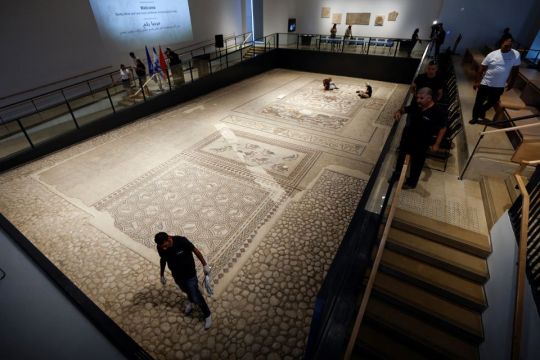
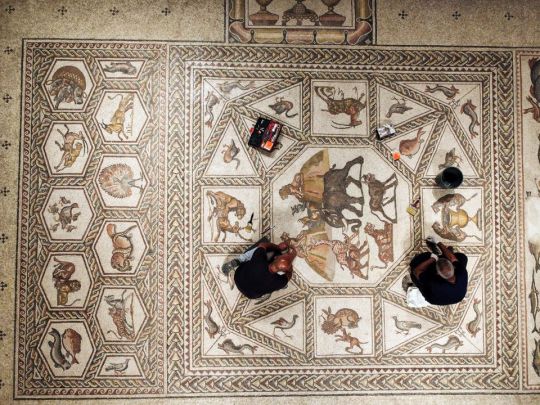
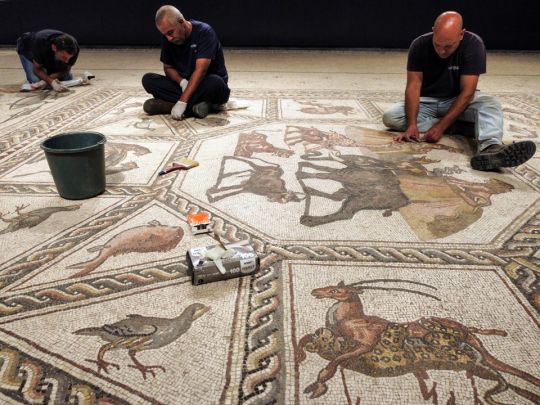
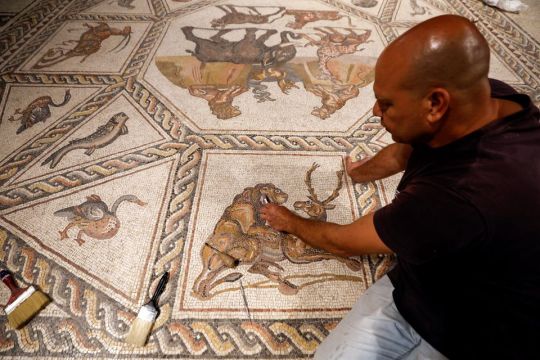

After a decade-long journey through some of the greatest museums in the world, a particularly well-preserved Roman floor mosaic that displays a vast diversity of fish, animals, birds, and ships has returned to the location where it was first discovered in a Tel Aviv suburb.
The 1,700-year-old mosaic, which dates to the late Roman era, was found in 1996 while roadwork was being done, but it wasn't put on display until 2009 after enough money was given to conserve it.
According to a statement from the Israel Antiquities Authority, the vibrant mosaic, which is 17 metres (55 feet) long and around 9 metres (29 feet) broad, may have been the entryway floor of a home in the affluent Lod area, close to what is now Tel Aviv.
"The owner was probably a very rich merchant because he travelled throughout the world and he saw things, like all the ships and the fish on display in the mosaic," said archaeologist Hagit Torge from the Israel Antiquities Authority.
According to archaeologist Amir Gorzalczany of the Israel Antiquities Authority, the mosaic's design was influenced by North African mosaics and lacks any representations of people, indicating that it may have belonged to a Christian or a Jew who wanted to avoid pagan elements like representations of Roman gods.
The mosaic will now be on display at an archaeological centre created in Lod, where it was discovered.
#tel aviv#israel#mosiac#roman floor#history#culture#roman era#trending#news#like#share#follow#instadaily#instagood#archaeology#lod#art
29 notes
·
View notes
Text
youtube
Rome (149 AD) Music & Ambience
#ancient rome#rome#the colosseum#colosseum#roman empire#roman ruins#roman republic#christianity#lions#lion#gladiator 2000#gladiator 2#gladiator movie#gladiator#gladiators#ancient city#ancient history#roman gods#roman mythology#roman history#roman art#roman archaeology#roman deities#roman literature#roman legion#roman culture#roman era#roman emperors#roman pantheon#ancient europe
1 note
·
View note
Text
youtube
The Fall of The Roman Empire | Ambient Music
#the fall of the roman empire#fall of the roman empire#roman empire#spqr#roman senate#roman soldiers#roman legion#roman army#gladiator#praetorian guard#roman emperors#roman era#colosseum#roman forum#roman art#roman architecture#roman ruins#roman gods#roman history#roman literature#roman culture#roman mythology#roman republic#marcus aurelius#julius caesar#caesar#augustus#ancient rome#gladiator 2#spartacus
1 note
·
View note